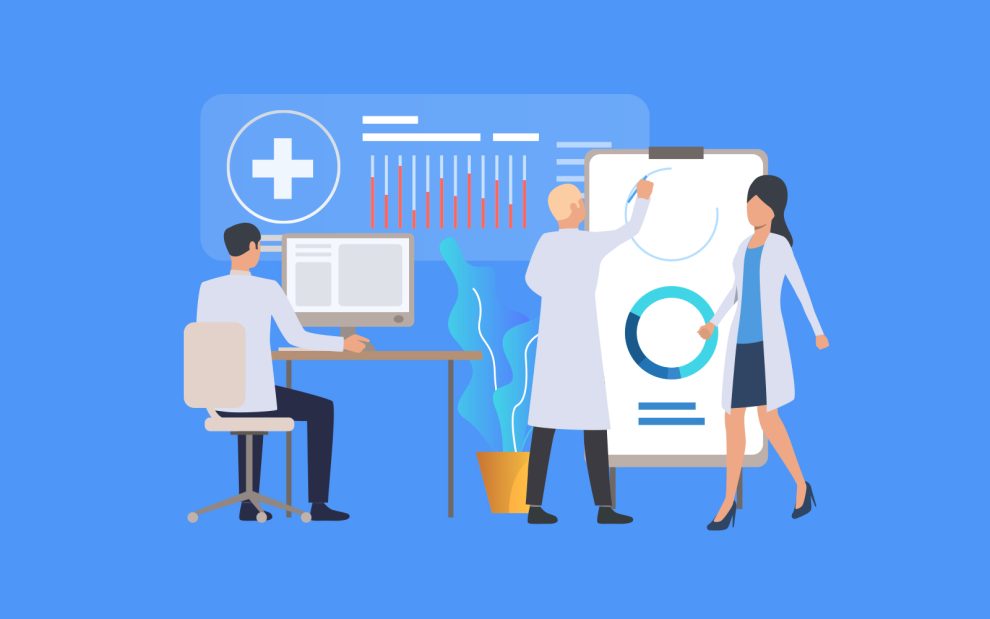Software, like our bodies, requires regular attention and maintenance to stay healthy and perform optimally. Software Health Management (SHM) is the proactive approach to ensuring code wellness, preventing issues before they arise, and extending the lifespan of software systems.
Here are key best practices to keep your codebase in peak condition:
1. Proactive Monitoring and Analysis
Establishing robust monitoring and analysis practices is a cornerstone of effective SHM. This involves defining key metrics, leveraging specialized tools, and setting alert thresholds to identify potential issues proactively.
Establish Key Metrics
Determine metrics that provide insight into the health and performance of your code. Useful indicators include:
- Code quality and maintainability
- Code complexity
- Test coverage
- Security vulnerabilities
- System performance and response times
Tracking these vital signs over time identifies negative trends before they become problematic.
Leverage SHM Tools
Specialized SHM platforms automate data collection, analysis, and visualization of software health metrics. They provide centralized visibility through interactive dashboards and highlight issues needing attention. Leading tools include:
- SonarQube for code quality and security
- XRay for test coverage and scope
- New Relic for performance monitoring
Set Thresholds and Alerts
For each key metric, define upper and lower control limits representing acceptable values. Configure your SHM tools to trigger alerts when metrics breach these thresholds. Acting on early warnings of declining code health prevents minor issues from escalating into crises.
2. Continuous Code Quality Improvement
In addition to monitoring code health, teams should actively improve quality through robust practices including readable/maintainable code, static analysis, and peer reviews.
Prioritize Readability and Maintainability
Readable and maintainable code serves as a foundation for software health. Best practices include:
- Adhering to style guides and naming conventions
- Modular design with small, focused functions/methods
- Descriptive variable/function names
- Detailed comments for complex sections
- Regular refactoring to reduce complexity
While requiring more initial effort, maintainable code saves time down the road for developers modifying and upgrading systems.
Implement Static Code Analysis
Static analysis tools like SonarQube and Coverity scan code for vulnerabilities without executing programs. They detect bugs, security flaws, and design issues for remediation before software deployment. Integrating these checks into the development pipeline improves code hygiene.
Adopt Code Review Practices
Code reviews involve peer examination of code changes to find defects and ensure best practices are followed before integration. Modern code review techniques like pair programming and pull requests amplify reviewer insights while distributing knowledge.

3. Rigorous Testing and Validation
Thorough testing processes evaluate code integrity and reliability, serving as a safety net for enhancing software health.
Implement Comprehensive Test Suites
Well-designed test suites evaluate application logic and behavior at multiple levels, including:
- Unit testing of individual functions/methods
- Integration testing of module interactions
- System testing of end-to-end workflows
Test case design should maximize coverage of code paths and inputcombinations.
Practice Test-Driven Development (TDD)
TDD requires developers to write test cases before code implementation. This shifts the mindset from “make it work” to “make it testable”, improving design quality. The rapid feedback also reduces debugging time.
Automate Testing
Running tests manually is time-consuming and inconsistent. Test automation enforces regular execution as part of the development pipeline. Automation frees up staff for higher value tasks like test case design.
4. Efficient Issue Management and Remediation
Even healthy codebases experience defects over time. Organizations should implement practices to efficiently prioritize, address and measure progress on issue remediation.
Prioritize and Address Issues
Issue tracking systems like JIRA allow teams to log bugs/vulnerabilities and then prioritize them based on severity, affected scope and other dimensions. Addressing high priority issues directly improves software health.
Fix Issues Early
Fixing bugs and issues promptly limits their spread through the codebase, minimizing technical debt. Delays lead to more entangled and expensive rework down the road.
Track and Measure Progress
Monitoring metrics like open issue counts, vulnerability backlogs and fix response times indicates the efficacy of detection and remediation practices. This data helps identify process bottlenecks for improvement.
5. Continuous Improvement and Learning
Finally, an essential enabler for reliable SHM is nurturing a culture obsessed with continuous improvement and learning.
Embrace a Culture of Learning
Encourage developers to expand their skills through mentoring, hackathons, conferences and incentivized certifications. Skilled team members write higher quality code requiring less maintenance.
Stay Updated with Best Practices
New programming languages, frameworks, tooling and methodologies regularly emerge. Continual learning and evaluating these innovations for your tech stack is key to leveraging latest SHM best practices.
Conduct Regular Reviews and Reassessment
Finally, periodically audit your SHM processes, tools and metrics. Identify areas where new practices may improve organizational capabilities and code health outcomes.
Remember: Software Health Management is an ongoing journey, not a one-time fix. By following these best practices, organizations can proactively maintain healthy codebases, reduce risks, and deliver high-quality, reliable software experiences for their users.
















Add Comment